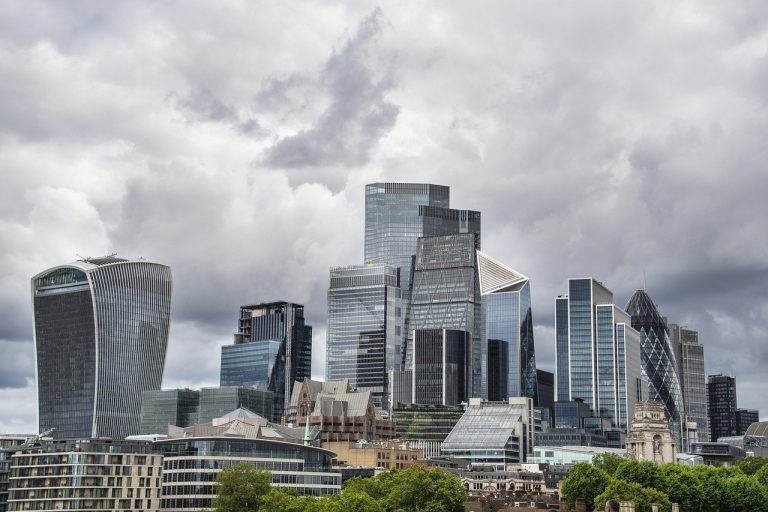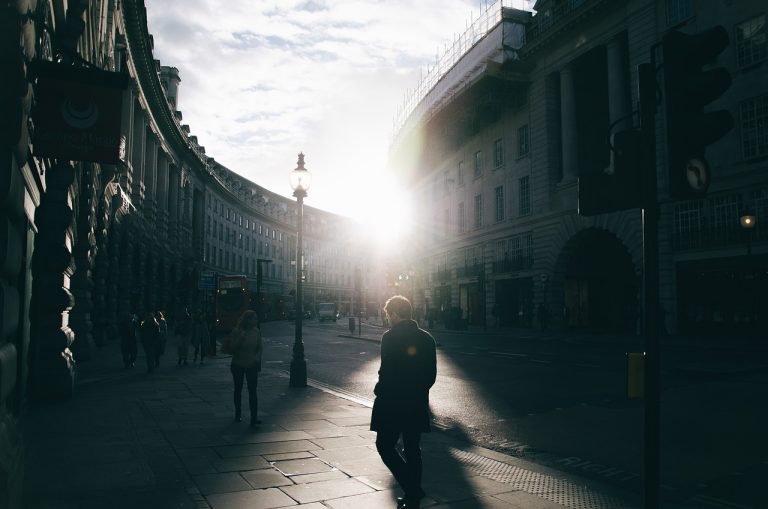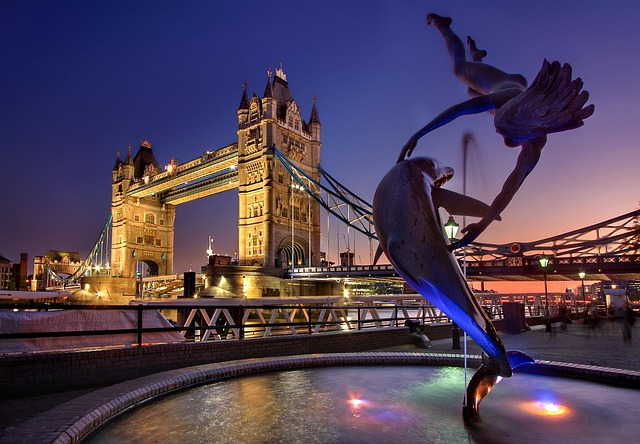
Can a Listed Property Go Green?
I’m sure everyone is aware of the focus of being more energy efficient and “green” in everything that we do. Whether it be recycling properly or walking rather than driving wherever possible.
One of the biggest area’s that we are encouraged to be more energy efficient is with our homes. There is a lot of focus on insulation, double-glazing and preventing drafts.
BUT – if you own a listed building this is a lot easier said than done.
Double-Glazing
Firstly, it is a common misconception that listed buildings aren’t allowed double glazing. It isn’t impossible but it can be very difficult.
The decision relies heavily on the conservation officer and most of them prefer secondary glazing instead of double-glazing. Secondary glazing is easily reversible and doesn’t affect the character of the building.
The argument against double-glazing is usually either the size of the glazing bars need to change to accommodate the double-glazing or because of the difference in reflection that the glass gives off. There are now lots of companies who specialise in double glazed glass, which is very thin to fit into original windows.
Insulation
Buildings built before 1919 do not have a damp proof course and were designed to “breathe” naturally. This means that they allow the moisture into their walls and encourage it to escape naturally – both internally and externally.
So it is VERY important for a period property to encourage the breathing process. This means using lime renders, mortars and paints. It also means that modern “spray foam” type insulations can’t be used – they are not breathable and do not let moisture escape. If applied to slates/tiles (in the loft space) they can cause condensation and not allow individual tiles to be easily
External insulation
The best way to insulate a solid wall property is to apply it to the outside of the building. It must be breathable and rendered with lime plasters and decorated with lime paints.
Internal insulation
Internal insulation needs to be carefully thought through as cold spots can be created adding a ‘dew point’ into the wall rather than the surface. The dew point is the point at which water vapour is cold enough to turn into droplets of water, if this is out of sight within the wall this is referred to as interstitial condensation and needs to be avoided.
Floor insulation
Again sealing the floor of a listed property can push the moisture that would usually rise through the floor into the walls creating damp problems. A lot of owners are now fitting “limecrete” floors with breathable insulation, these need to be excavated for than for modern insulation so care should be taken not to undermine the stability of the building.
Loft Insulation
There are many different products available but natural products are always better for the environment. It is important to ensure eaves can not have fibres dropped down and prevent the loft from getting the correct level of ventilation.
Summary
Adding insulation to your home can make it more comfortable, cheaper to keep warm and reduce your carbon footprint and can be a very good move but before starting work be sure as you can that you have chosen the materials well.
By using the wrong materials you could be causing health problems for yourself and structural damage to the building. Don’t rely solely on the advice from an energy consultant who may or may not understand the needs of a traditional building. Here are a couple of companies that specialise in listed buildings going green: www.Iso.co.uk & www.esthame.co.uk
Any alterations and major repairs to a listed building must first be discussed with your conservation officer and Listed Building Consent obtained.



